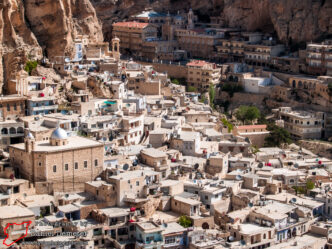
Maalula معلولا
The small scenic town of Maalula (معلولا) is one of the most picturesque in Syria, nestled on the slopes of a rocky …

The small scenic town of Maalula (معلولا) is one of the most picturesque in Syria, nestled on the slopes of a rocky …
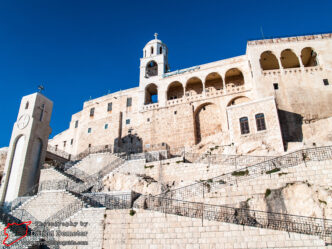
Seidnaya (صيدنايا), a small town located in the mountains north of Damascus (دمشق), has long been a significant place of pilgrimage for …
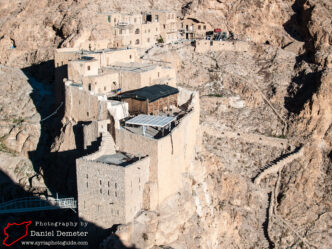
Deir Mar Musa (دير مار موسى), a monastery located in the desert mountains east of the town of al-Nabk (النبك), is one of …
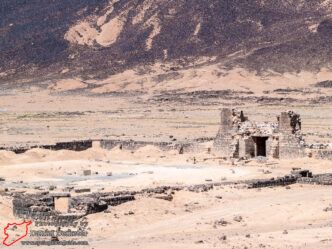
Jebel Seis (جبل سيس) is perhaps the most dramatic site in the entire country of Syria. Located in the far southeast corner …
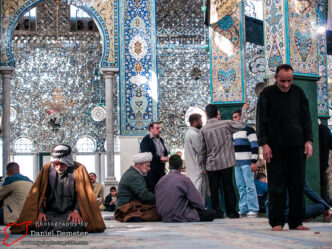
al-Seida Zeinab (السيدة زينب) is the most important Shia shrine in Syria, and a major site of pilgrimage for Shia Muslims from …
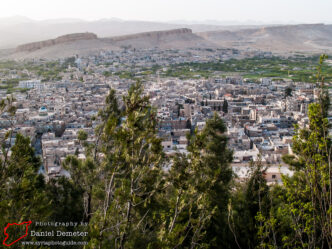
Yabrud (يبرود) is a sizeable town in the north of the Damascus Region (ريف دمشق), located southwest of al-Nabk (النبك) and north …
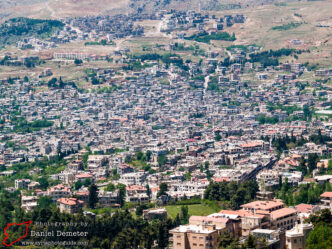
Bludan & al-Zabadani (بلودان و الزبداني) are two neighboring towns in the mountains northwest of Damascus (دمشق). Perhaps the most popular local …
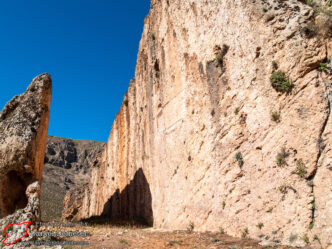
During the Roman period, an extensive network of roads was constructed to connect Syria’s major urban centers. Two of the most important …
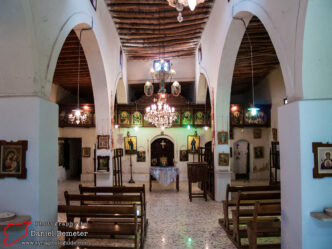
Qara (قارة) is a nondescript town located on the main highway between Damascus (دمشق) and Homs (حمص). It has a couple sites of historic interest, making …
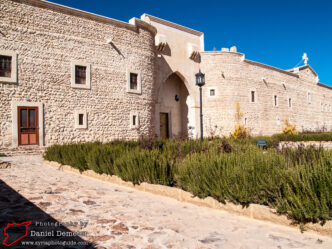
Deir Mar Yaqoub (دير مار يعقوب), a monastery dedicated to Saint Jacob, was in nearly complete ruin until the mid-90s when a …